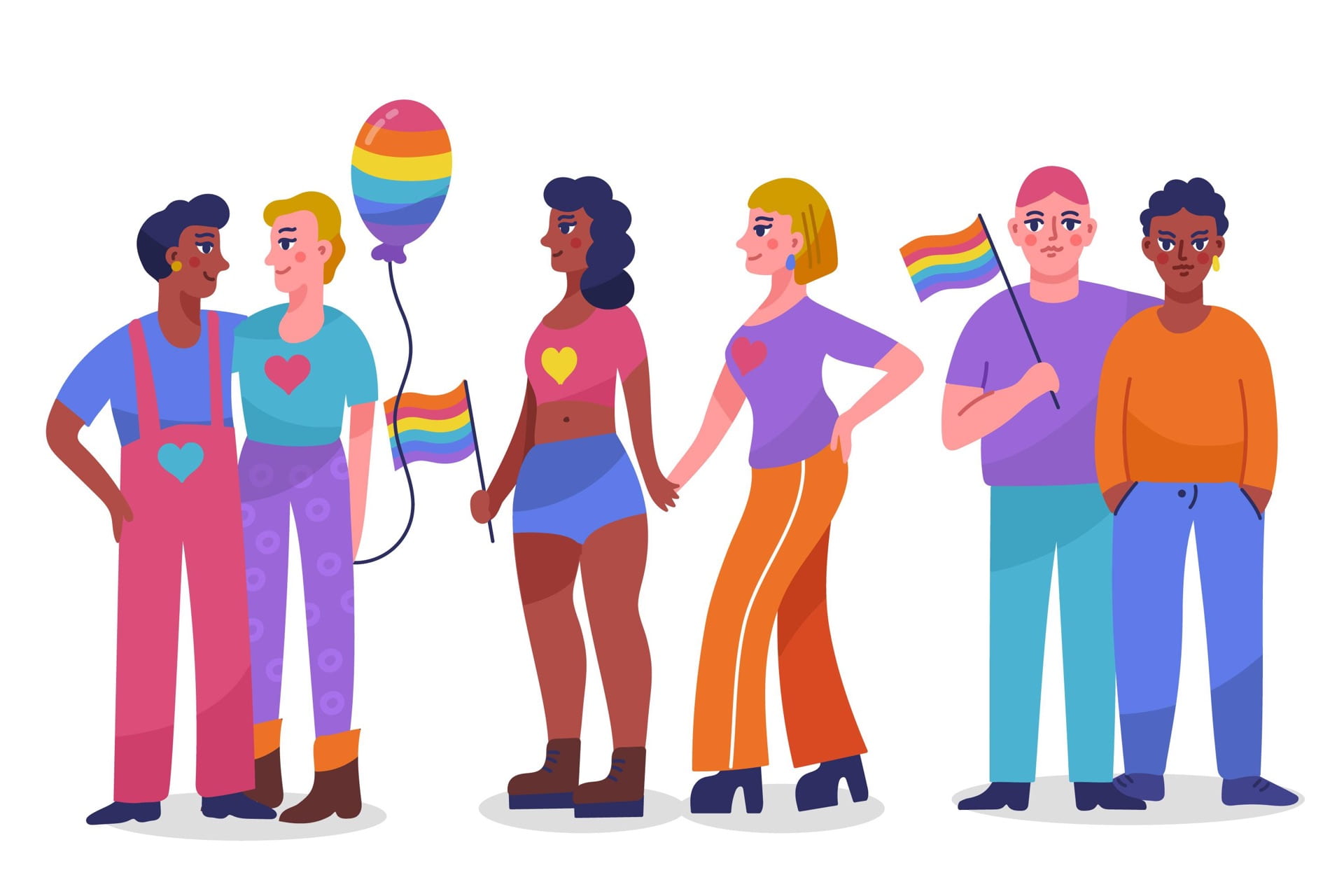Addressing Gender Diversity: Let’s Start by Transforming Education
Even in modern times, our country faces a critical issue of racism, homophobia, oppression, and other forms of hatred directed at individuals based on their background, culture, or identity. Though it is an issue that is currently being battled and we are looking at ways of combating it, more can be done to dismantle this negative manner of thinking of other human beings. The educational field must be transformed to address these issues in students’ lives from an early age, teaching both students and teachers how to stand up against discrimination, reprogram their manner of approaching these issues, and not only embrace diversity but celebrate and uplift it.
An Educator’s Bias
To begin, it is vital that educators first reflect on their own opinions and biases before engaging with students on sensitive topics, such as gender diversity. Many times, individuals will have what is known as an “implicit bias”, meaning that they hold biases or stereotypes against others based on their gender, race, ethnicity, or other parts of their identity (Álvarez, 2022). In the context of education, and specifically in the context of this week’s focus which is gender diversity, this can look like a teacher thinking negatively of a student because they identify as gay, or automatically thinking that a student will be more violent because they are a male. All educators have the responsibility to break free from these beliefs they may hold, to ensure that their students all have the same possibility to succeed in their classroom. If a teacher does not do the work and does not hold the need to work on these hateful mindsets, then they are automatically putting their students at a disadvantage and robbing them of the ability to achieve their full potential and goals.
Importance of Modeling
After the educators become knowledgeable on these issues of discrimination, after they have done the work and reflected on these issues, teachers must then begin to think about how to present these topics to their students. I believe the best way to first introduce the students to diversity is to be a model of it. This may look like avoiding using binary genders in the classroom, including one’s pronouns in the classroom or email signatures, or simply starting on the first day of school by having students, if they are comfortable, share parts of their gender identity to avoid misgendering them (“Students Exploring Gender Identity,” 2021). Once the students realize that the teacher is not only open to these topics but emphasizes their importance, they will begin to feel comfortable discussing these issues in the classroom.
 Free vector: Hand drawn pride day couple collection illustration. Freepik. (n.d.). https://www.freepik.com/free-vector/hand-drawn-pride-day-couple-collection-illustration_13454218.htm%5B/caption%5D
Free vector: Hand drawn pride day couple collection illustration. Freepik. (n.d.). https://www.freepik.com/free-vector/hand-drawn-pride-day-couple-collection-illustration_13454218.htm%5B/caption%5D
Inclusion of Resources
Following the educators establishing themselves as a model of inclusivity, it is then important that they select and utilize age-appropriate tools in their classroom to properly speak on this subject with the students. This idea ties back into the module work we completed last week, in which we looked at multiple resources that promote an anti-racist classroom. There are a multitude of different toolboxes, interactive stories, and activities that are rooted in helping students learn and work through these difficult topics. An excellent example of this is the “Toolbox to Promote Healthy LGBT Youth”, which includes resources such as links to the appropriate gender diversity terminology and definitions, organizations that work with schools to combat homophobia or other types of bullying, and programs to help LGBT students and their families (2021).
A Need for Action
Some may ask themselves: Why is it important for students to learn about these societal issues? Why must education be concerned with presenting these topics? The truth is, if students do not deal with these issues from an early age, if they are not taught to stand up against discrimination and hatred, these same issues may appear in their adult lives. It is important to look at The Laramie Project as a prime example of this. Many in the town of Laramie, though they were not outwardly hateful towards LGBT individuals, still had an issue with those who deviated from the norm of heterosexuality. Others, those who did not see any problem with it, still did nothing to proactively address the hatred LGBT people faced, and instead chose to be bystanders out of fear of associating with LGBT people (Kaufman, 2002). As a society, we cannot teach the younger generation to avoid these issues and turn a blind eye to them. To put it harshly, doing nothing when others are falling victim to discrimination makes one complicit in that act. We all have a moral and social obligation to do better, to create a better society for everyone.
In closing, educators must bring awareness to these social injustices, discussing them with their students to stop patterns from repeating and hatred from growing. On a personal note, as a queer educator, it is extremely crucial for me to talk to my future students about these topics and create an environment where all my students feel safe and supported. I aspire to create the inclusive classroom that I did not have available to me and to ensure that this type of education is the standard for modern society.